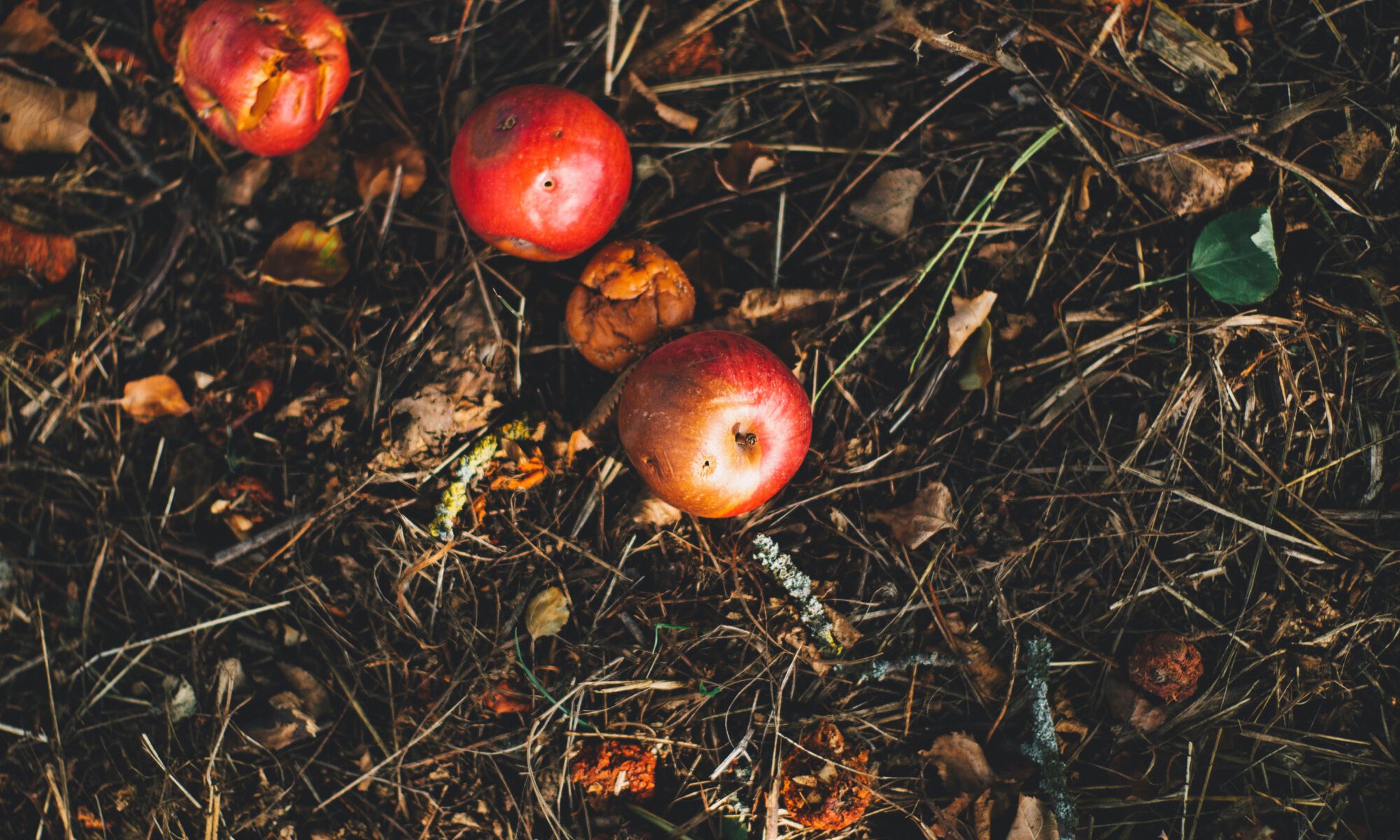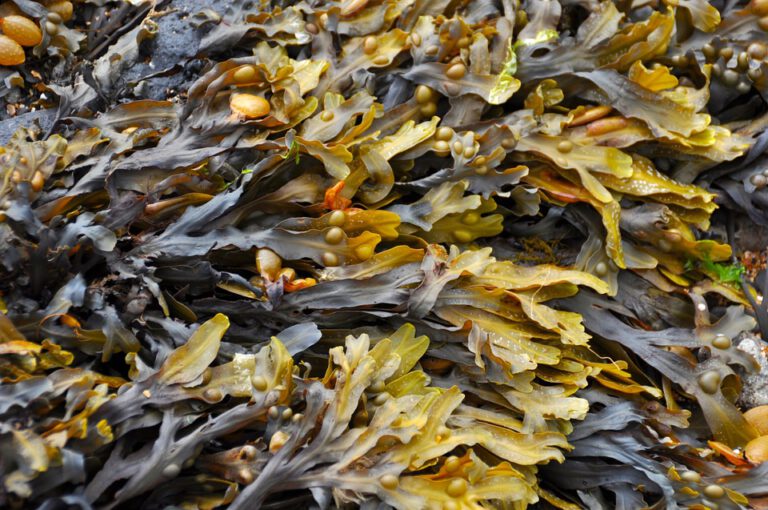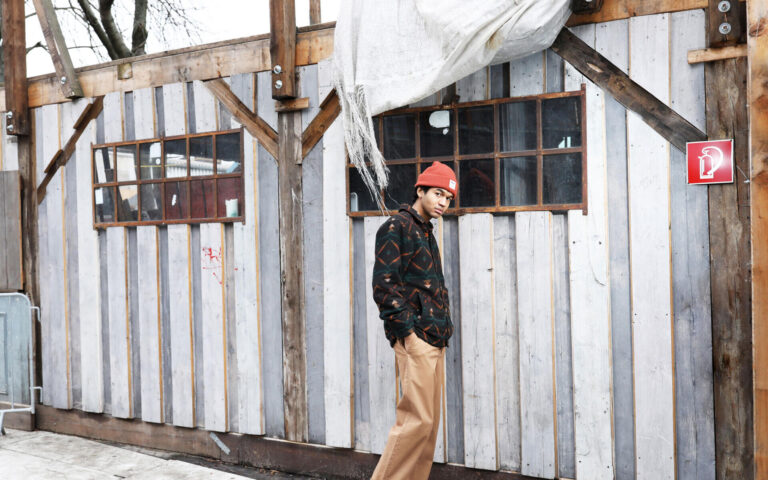Disposal: Where to put my compostable T-shirt?
In order to achieve environmentally friendly circular value creation processes in the clothing sector, we need to look at what we do with the things we can no longer use ourselves.
Besides the typical approaches such as giving them away to family, friends, donating them to the clothing store, selling them on ebay and co., returning them to the seller, there is the alternative of composting the clothes and returning the “recyclables” to the environment. The slogan “biodegradable” is already being advertised in the fashion world. But do we consumers also do this? We took a look at the whole thing:
Which clothes are basically compostable?
“The most common natural fibres used to make clothes are cotton, wool, jute, hemp, linen, viscose (made from wood or bamboo) and silk. All of these base materials are biodegradable in their basic state.” (Trigema)
In principle, clothing made from natural fibres is biodegradable. This means that the clothing is broken down into its components and this “waste” is made available to the soil again as a nutrient. So that a cycle can develop.
What do I have to watch out for?
However, a lot of chemicals and pollutants are used in the production of clothing. An organic cotton T-shirt is not compostable if it has been finished with chemicals. Dyes and other softeners can likewise prevent what are actually natural raw materials from being used for recycling. Apart from that, we have to consider whether we want to wear them on our skin at all. Because these harmful substances can neither be found on the textile label nor in the product description, the Cradle to Cradle certificate is suitable for orientation. This ensures that the clothing can be composted without hesitation.
Suppliers are e.g. Freitag, Felipa K, Trigema, C&A (attention only the C2C products), Calida, Nordwolle & Klättermusen Farbaute (Outdoor), runamics (Sport), Stanley&Stella (Basics), Wolford.
Compostable clothing protects the environment and the skin, saves resources and strengthens biological cycles. Of course, this is not possible in the quantities currently consumed in the western hemisphere. The combination of less and compostable could be a sensible solution.
Where to put the T-shirt?
We asked the Berliner Stadtreinigung (BSR) whether we can throw a T-shirt declared as “compostable” into the organic waste bin if it is full of holes and really not nice anymore.
“Whether such a T-shirt decomposes sufficiently depends on a variety of factors – e.g. the material components of the T-shirt and the respective conditions during composting. Against this background, one should not dispose of such garments in the organic waste to be on the safe side. In our plants, the T-shirt is treated like a bioplastic bag: It is screened out and ends up in thermal recycling. There is also the risk that these materials cause problems in our shredding unit because they have a different shredding behaviour than conventional biowaste.”
So, by no means throw compostable clothes in the organic bins if you want the raw material to go back into the cycle.
If I’ve bought compostable clothes and can’t put them in the organic waste bin, maybe having my own compost for the flat or balcony can help. We asked Judith from the Wurmkiste in Austria if I could have my cotton T-shirt composted in her box. The Wurmkiste is a compost heap in a box, supported by worms and microorganisms in the decomposition process. So especially exciting for city dwellers like us Berliners. Here is their answer:
“…cotton definitely works. It is even a most interesting process. First the fine fabric is gnawed on, after which only the “skeleton” of the garment remains. We once tried it with a pair of worn-out pants. It was directly an object of art during the decomposition 🙂 However, it takes a while. A whole T-shirt would then put quite a strain on a worm bin. It would really have to be worn out and the fabric appropriately thin so that it could be halfway composted after 6 months.”
So in principle it is quite feasible to compost clothes in worm bins. That would be a nice communal neighbourhood project. In Berlin, for example, there is kubus.berlin, which deals with this topic and offers workshops.
Clothes that are not compostable, e.g. made of plastics, take hundreds of years to decompose. In addition, microplastics are shed and end up in the oceans and drinking water. A large part of it i s burnt, which is not necessarily good for the environment.
By buying clothes that comply with the Cradle 2 Cradle principle, we are doing something good for the environment and for ourselves. However, this also requires that we deal with “disposal” and ideally create a compost ourselves if we don’t already have one.
Sources:
www.trigema.de/magazin/oekologische-kleidung
www.unideal.de/magazin/kompostierbare-kleidung-cradle-to-cradle-prinzip
www.bsr.de
www.wurmkiste.at
copyright photo by Markus Spiske unsplash
For German Version use f.eg. Google Translate Bar







